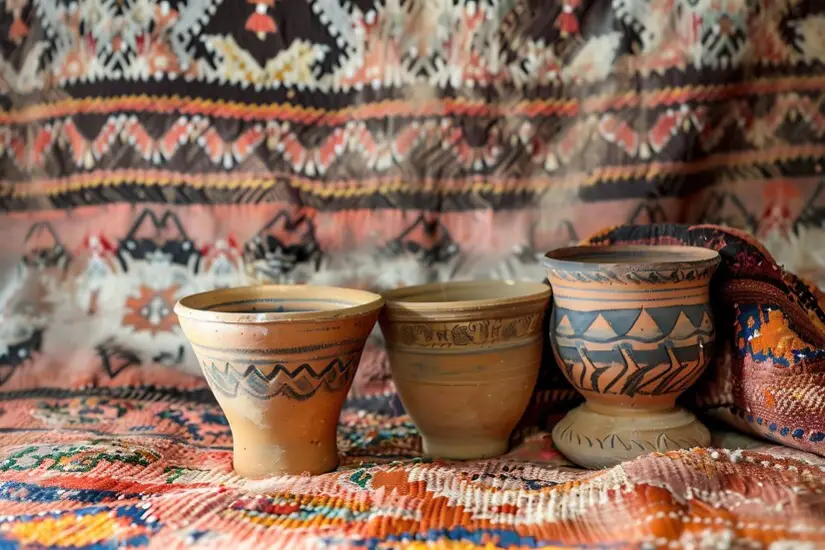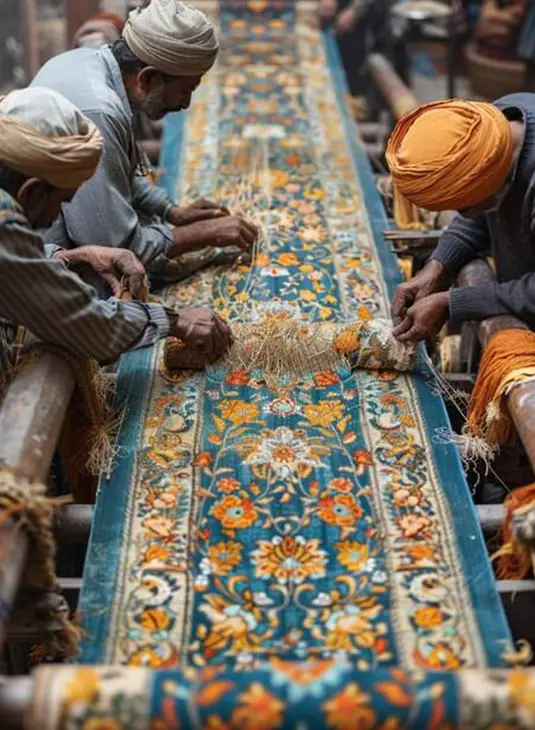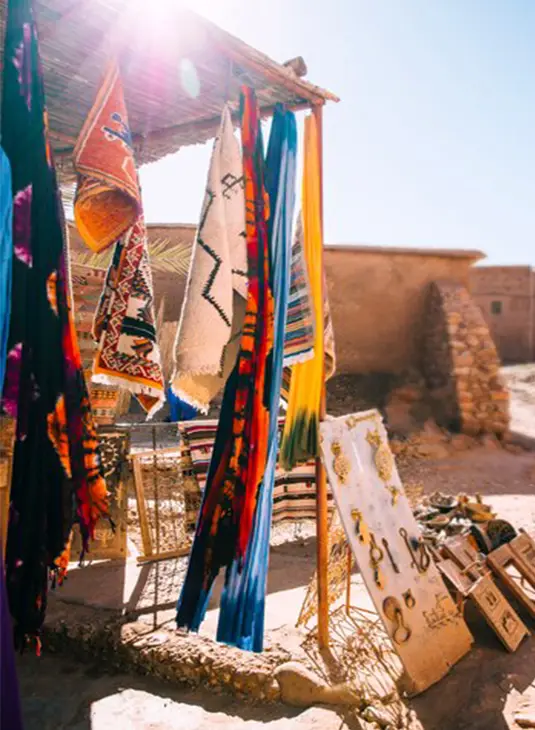Persian Traditions and Customs
Home » Persian Culture & Heritage » Persian Cultural Events » Persian Traditions and Customs

- Persian Traditions and Customs
Persian Traditions and Customs: Exploring a Rich Cultural Heritage
Persian culture, one of the most ancient and vibrant in the world, is known for its deep-rooted traditions and customs that have been cherished for centuries. These practices reflect the Persian people’s values, beliefs, and way of life, making their culture both unique and timeless. In this blog, we’ll explore some of the most well-known Persian traditions and customs.
Nowruz – Persian New Year Celebration
Nowruz, the Persian New Year, is one of the most significant events in Persian culture. Celebrated on the first day of spring, Nowruz symbolizes renewal and a fresh start, both in nature and in life.
Haft-Seen Table
A key tradition during Nowruz is the Haft-Seen table, which includes seven items that start with the Persian letter “S.” Each item holds a symbolic meaning, such as sabzeh (sprouts) representing rebirth and growth, and seer (garlic) for health.
Family Visits
Nowruz is a time for families to visit one another and reconnect. Friends and relatives exchange gifts, enjoy festive meals, and share in the joy of starting a new year.
Yalda Night – Winter Solstice Tradition
Yalda Night, or Shab-e Yalda, is a celebration of the longest night of the year. It dates back to ancient Zoroastrian traditions and signifies the victory of light over darkness.


Fruits and Poetry
On Yalda Night, families come together to eat symbolic fruits like pomegranates and watermelons, which represent life and renewal. A central activity during the evening is reading the poetry of Hafez, a cherished Persian poet.
Strengthening Bonds
Yalda Night isn’t just about enjoying good food and poetry; it’s a time to strengthen family ties, share stories, and look forward to brighter days ahead as winter slowly gives way to spring.
Persian Weddings – A Blend of Joy and Tradition
Persian weddings are grand celebrations full of traditions that showcase the importance of family and love in Persian society. These ceremonies are a fusion of ancient customs and modern practices.
Sofreh Aghd
A highlight of any Persian wedding is the Sofreh Aghd, a decorative spread laid out during the ceremony. It includes symbolic items like mirrors, candles, and sugar cones, each symbolizing wishes for the couple’s happiness and prosperity.
Knife Dance
A fun tradition in Persian weddings is the knife dance or Raghseh Chagoo. During this playful moment, dancers tease the bride and groom by dancing with the cake-cutting knife, adding an element of fun to the event.
Conclusion
The customs and traditions of Persia, from Nowruz to Yalda Night and Persian Weddings, are integral to the fabric of Persian life. These traditions highlight the importance of family, community, and a deep connection with Persian Culture & Heritage. Whether celebrating the start of a new year or the longest night, Persian customs continue to thrive and captivate those who experience them.
By exploring these rich traditions, we gain insight into a culture that values connection, renewal, and joy, as celebrated through Persian Festivals and various Persian Cultural Events that continue to be a vital part of Persian life today.
Frequently Asked Questions (FAQs) About Persian Traditions and Customs
1. What is Nowruz, and why is it important in Persian culture?
Nowruz is the Persian New Year, celebrated on the first day of spring. It symbolizes renewal, rebirth, and a fresh start.
2. How do Persians celebrate Yalda Night?
Yalda Night is celebrated by gathering with family, eating fruits like pomegranates and watermelons, and reading poetry, especially from the Persian poet Hafez.
3. What is the significance of the Haft-Seen table during Nowruz?
The Haft-Seen table includes seven symbolic items starting with the letter “S,” each representing themes like growth, health, and prosperity.
4. What are some key traditions during a Persian wedding?
Persian weddings often feature a decorative spread called the Sofreh Aghd and a playful knife dance before the cake-cutting.
5. What foods are traditionally eaten during Persian celebrations?
Traditional Persian celebrations often include symbolic fruits like pomegranates during Yalda Night and a variety of sweets during Nowruz.
6. What is the significance of the Sofreh Aghd in Persian weddings?
The Sofreh Aghd is a ceremonial spread with symbolic items that represent the couple’s happiness, love, and prosperity.
7. How do Persians greet each other during Nowruz?
During Nowruz, Persians greet each other by saying “Eid-e Shoma Mobarak,” meaning “Happy New Year.”
8. Why is reading poetry important in Persian traditions?
Poetry, especially from famous poets like Hafez, is deeply embedded in Persian culture and is often recited during celebrations like Yalda Night.
9. What is Chaharshanbe Suri, and how is it celebrated?
Chaharshanbe Suri is the Persian Festival of Fire, celebrated before Nowruz, where people jump over bonfires to cleanse themselves of the past year’s troubles.
10. How do Persians honor their ancestors during traditional events?
Persians often visit family graves, particularly during Nowruz, to pay respects and honor their ancestors by cleaning the graves and offering prayers.